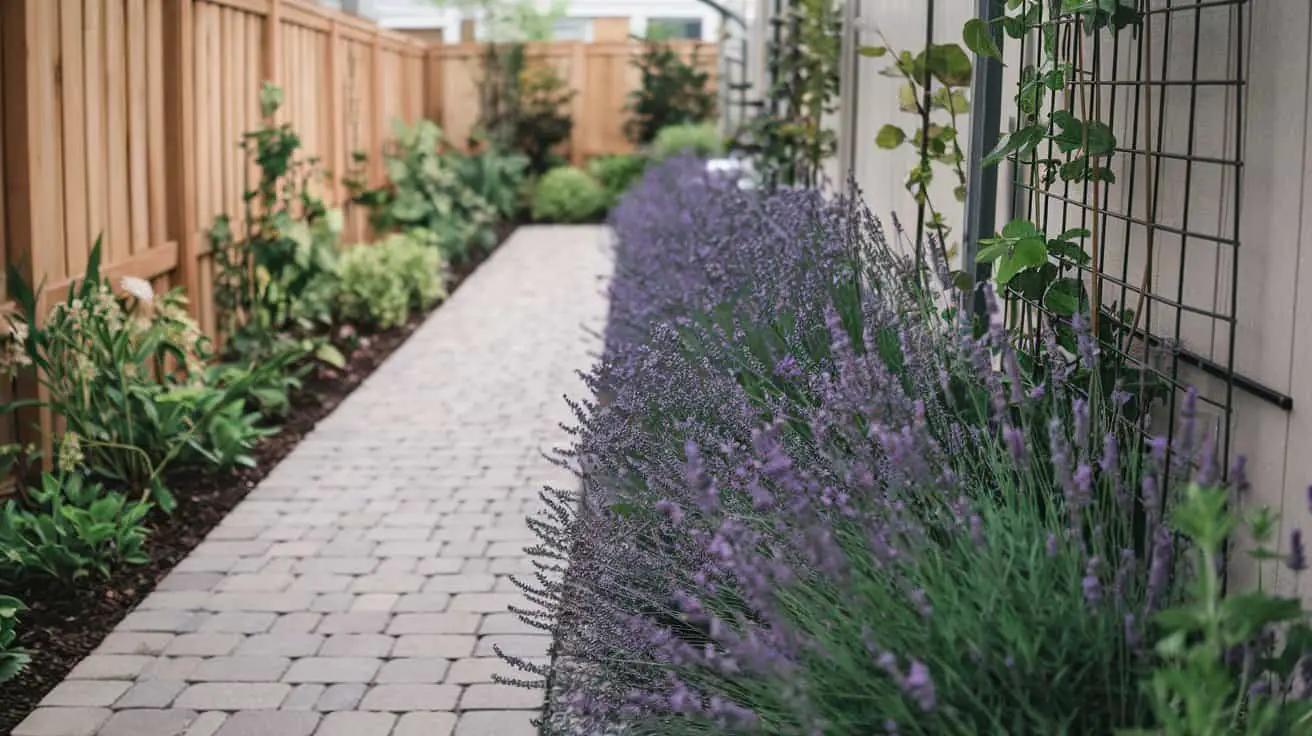
Let’s be honest—most of us ignore the side of the house. It’s the “meh” zone. You walk past the bins, maybe trip over a hose, and try not to look at that muddy patch that never quite grows grass. It’s not the glamorous front porch, and it’s definitely not the backyard barbecue zone. But the side yard? That little stretch of space has serious potential—especially when it comes to adding a tidy, cheap paver walkway that doesn’t make your guests feel like they’re walking through a construction zone. When we moved into our family home, I had big dreams for the front garden and a Pinterest board full of patio ideas.
But it wasn’t until I stepped in a puddle (in socks, of course) that I realized… maybe we should sort out the side yard first. And that’s how my obsession with budget-friendly walkway ideas began. Paver walkways are perfect for this often-overlooked area: they keep things dry, define the space, and instantly make your home feel more finished. Even better? You can do it without breaking the bank. Here are five side yard paver walkway ideas that are affordable, practical, and—dare I say—pretty cute too.
1. Grass and Concrete Paver Strips: The Classic Combo That Always Wins
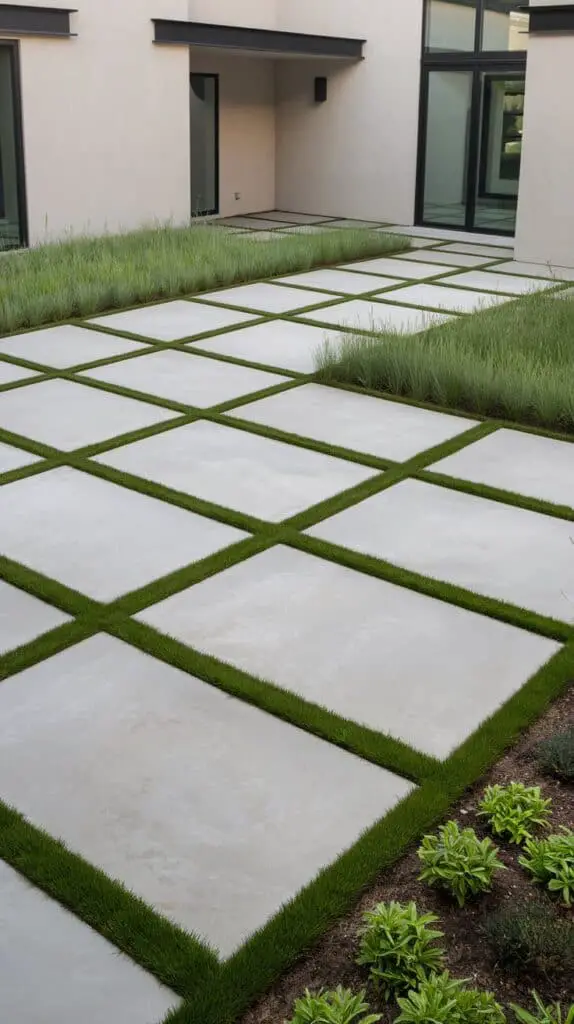
If you’re after that clean, modern look (without blowing your whole landscaping budget), this combo is a go-to. Large concrete pavers with strips of green grass in between give your side yard instant polish. It works whether you’re walking from the front to the back, or just want to stop sinking into mud after rain. The trick is spacing. Keep the pavers close enough for a natural walking rhythm, but wide enough to let the grass breathe.
You can even use low-growing ground cover like creeping thyme if you don’t want to mow. This layout works really well alongside modern or minimalist-style homes with stucco, wood cladding, or sleek black trim. And if you’re worried about muddy boots tracking dirt into the house, the pavers do a great job of keeping your feet clean on rainy days. Tip: To save money, use secondhand or leftover pavers and place them in crushed gravel. Grass or clover will grow between the gaps over time, giving it that lived-in, “effortlessly curated” look we all secretly want.
2. Gravel and Stepping Stone Path: Cottagecore Meets Side Yard Practicality
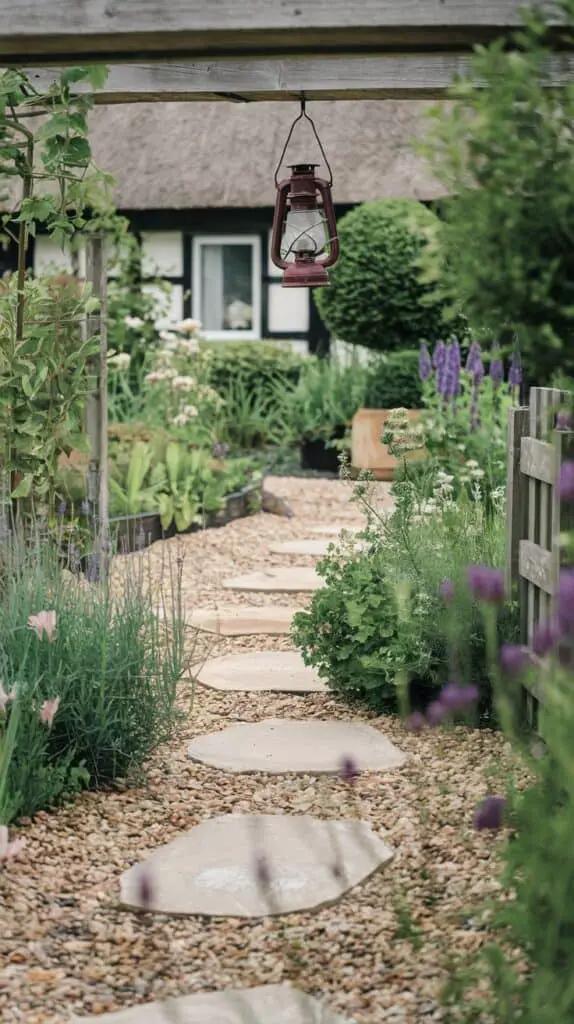
Gravel is a budget lifesaver. It drains well, it’s easy to install, and it works for everything from cozy cottage gardens to low-key suburban walkways. If you’ve got a narrow space with uneven ground or not a lot of room to maneuver, a gravel base with spaced-out stepping stones adds texture without making the area feel cramped. I’ve seen this setup in small city homes and tucked-away side yards where the goal is to keep it charming and functional.
Mix in some solar lights or lantern-style garden stakes, and the space suddenly feels magical at night. It’s also a good idea if you’ve got kids or pets who like to dart through the side yard—gravel slows them down just enough without causing drama. Tip: Use angular gravel (not smooth river rocks) to help keep the stones in place, and layer landscape fabric underneath to stop weeds from turning your walkway into a jungle.
3. Large Format Pavers With Mulch Borders: Simple and Low-Maintenance
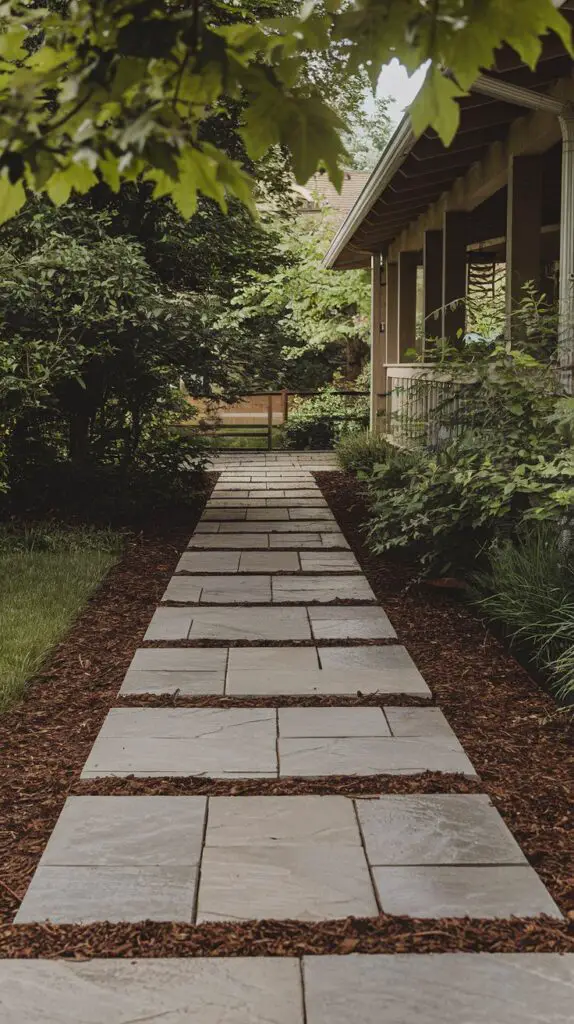
If your house has a more traditional or craftsman-style vibe, this one’s for you. Large rectangular pavers laid in a straight line can create a super polished, structured path down the side of the house. Add mulch or bark chip borders on each side, and suddenly your walkway doubles as a garden bed frame. This idea is perfect for homes in leafy suburbs or areas with lots of shade. Mulch keeps the area tidy, holds in moisture for any side yard planting, and helps define the edges of your walkway.
Bonus points if you line the path with native shrubs or tall grasses—something low-fuss that softens the edges and makes the whole thing feel cozy.
Tip: Choose concrete or stone-look pavers with a bit of texture so they don’t get slippery when wet, especially if the side of your house stays shady.
4. Recycled Brick Pathway: Add Instant Character for Cheap
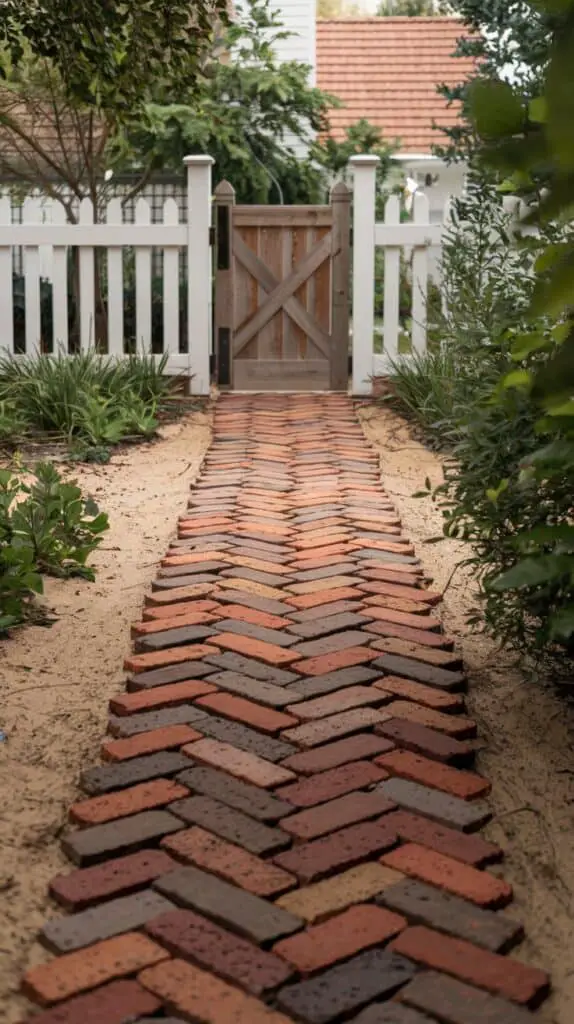
There’s something deeply satisfying about using old materials to build something new—and brick gives your walkway instant character. You can often find secondhand bricks at salvage yards or even online for next to nothing. A reclaimed brick path feels warm, a little rustic, and works with both farm-style and vintage-inspired homes. The side of the house is a perfect spot for this kind of DIY—no pressure to be perfect, just enough space to have fun with patterns like herringbone or basket weave.
Plus, if your side yard gets a lot of sun, bricks retain warmth and look especially charming with a few tufts of moss or creeping plants growing between them. Tip: Lay bricks over a sand base with edging bricks on their side to keep everything in place. Finish with a layer of dry sand or crushed granite swept into the cracks to help lock things in.
5. Paver Stones with a Side Garden Edge: The Ultimate Narrow Oasis
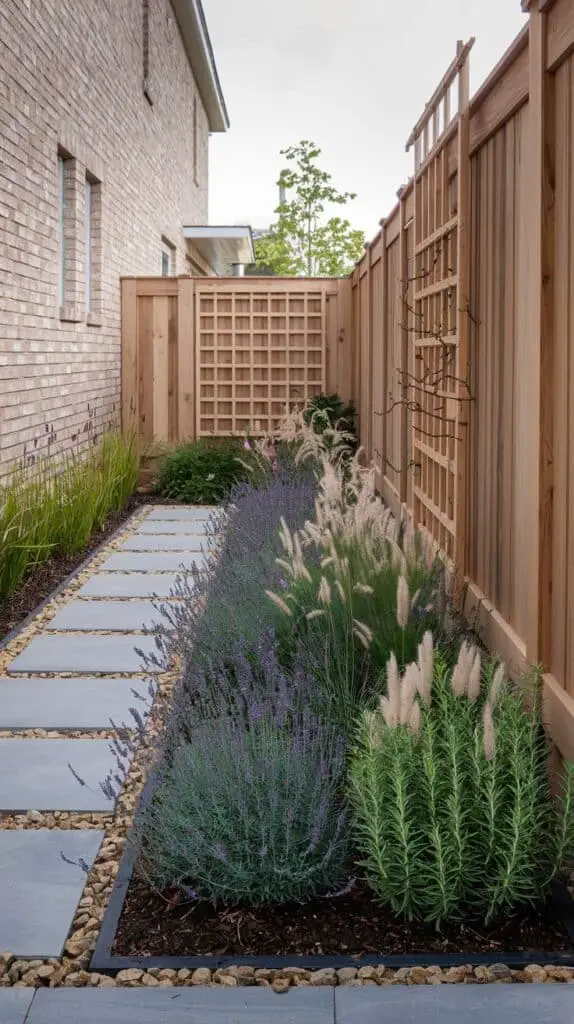
This is my favorite because it turns a boring side yard into a whole vibe. Think simple square pavers laid in a straight line, but with a narrow planting strip running down one side—filled with lavender, rosemary, or even decorative grasses. This look works really well for narrow homes with just a sliver of space between buildings.
Even if you’ve only got a metre to play with, the combo of hard surface and soft planting makes it feel lush and cared for. If your house backs onto a fence, consider adding a vertical garden or trellis to make use of vertical space. It draws the eye up and keeps things feeling more expansive. Tip: Keep the plants simple, low-maintenance, and suited to your climate. This is a spot you’ll see daily—make it something you actually want to walk past.
Final Thoughts
Look, the side of your house may never be the star of your home, but that doesn’t mean it has to be the forgotten child either. A good walkway changes how you use the space—it becomes a connection, not just a shortcut. Whether you go full cottage garden or keep it modern and clean, the right paver design makes a huge difference. And the best part? You don’t need to hire a landscape architect or spend thousands. Just a few weekend afternoons, some thoughtful choices, and maybe a wheelbarrow or two. Trust me—your socks (and your sanity) will thank you.
